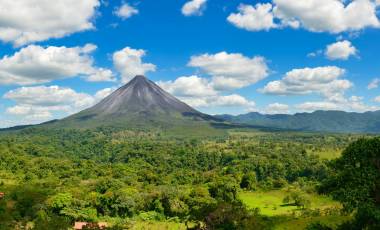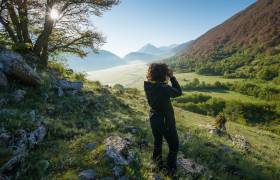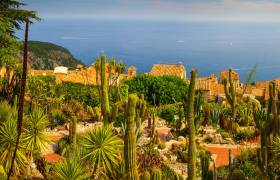Read time – 2 minutes
One of the world’s most fragile and varied ecosystems is, also, one of its most protected environments. How did Costa Rica get it so right?
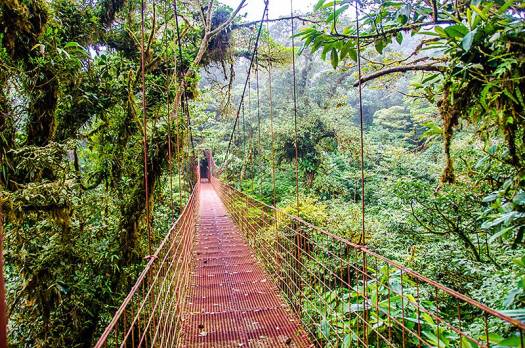 Bridge in Rain-forest – Monteverde cloud forest
Bridge in Rain-forest – Monteverde cloud forest
Costa Rica is a Central American success story. A slim country with a big impact on the responsible way tourism and eco-systems can co-exist if the will – and the vision – are there.
 Manuel Antonio Beach Costa Rica
Manuel Antonio Beach Costa Rica
A stable political climate, one of the most biodiverse regions in the world and an enlightened engagement with the natural world coalesce to create a climate as environmentally astute as it is tourist friendly.
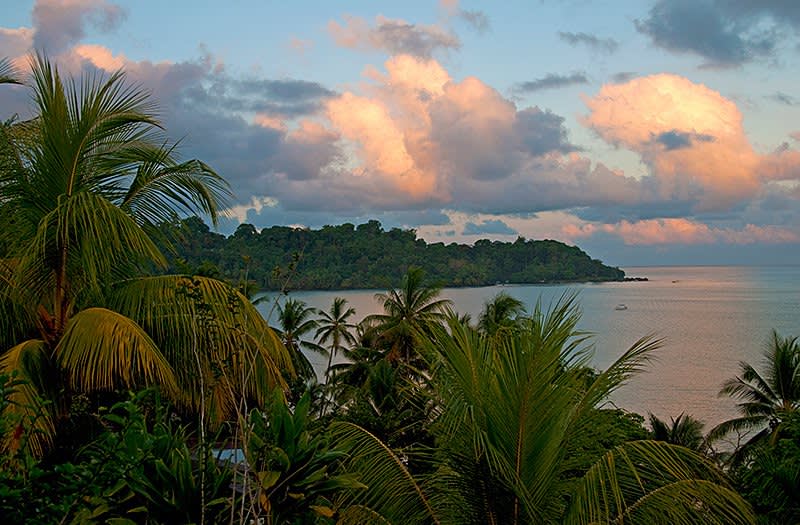 Cumulus clouds lit up over Drake Bay
Cumulus clouds lit up over Drake BayCosta Rica Wildlife
For fellow guide, Guillermo Arrieta, it’s a role that comes easily: “There’s a lot to be proud of! Costa Rica’s ecotourism industry has developed a game-changing way to protect the vast natural treasures of the country while bringing economic opportunities to the area,” he says. “We said no to destructive agricultural practises years before other countries, for example.”
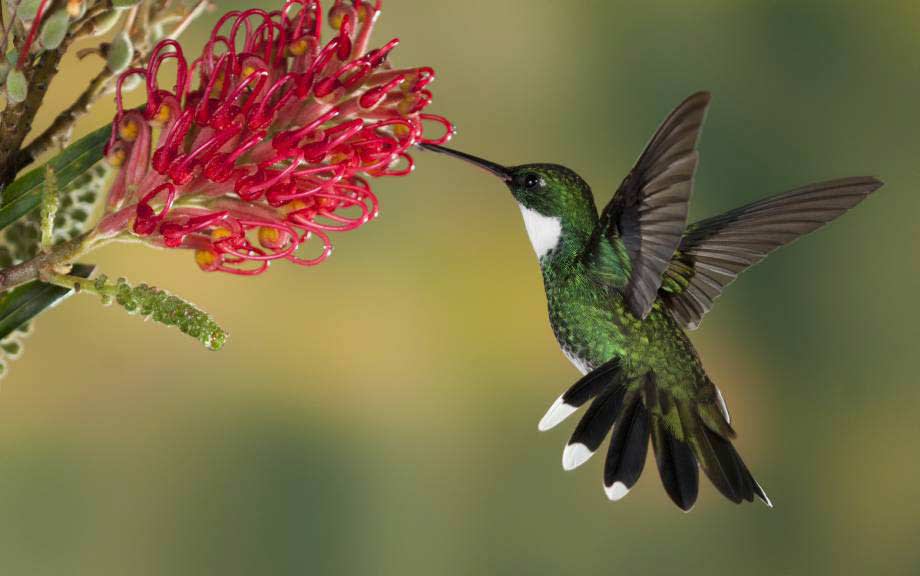 Hummingbird
Hummingbird
Environmental Impact
So how did this tiny country get it so right? By adopting a plan whose tendrils reach far and wide – from the cloud forest canopy to the classroom.
“The environmental education in our schools gets children aware of the natural world at a very early age… gets them to appreciate how important it is,” Johnny says, adding that the country official tourists board and its hotels and tourist agencies are committed to the CST (Certification of Sustainable Tourism), which fosters the country’s deep-seated environmental values.
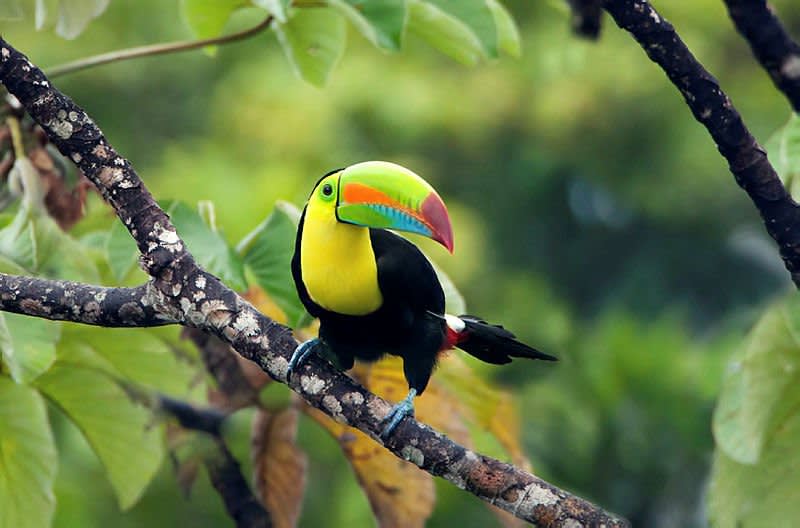 Keel-billed toucan
Keel-billed toucan
So what, exactly, are they protecting? Costa Rica rose from the ocean bed around three million years ago- forming a land bridge between North and South America.
From that point on, species from both regions met, mingled and merged, essentially doubling the number of species, and creating lots of new ones on the way. And they did so against a backdrop of immense variety- nowhere else on Earth enjoys quite so many types of habitat.
Five per cent of the world’s biodiversity squeezed into just 0.1% of the Earth’s surface. Rain forests, cloud forests, deciduous forests, maritime forests – and that’s just the forests – rubbing up alongside each other in a country just 200 miles long.
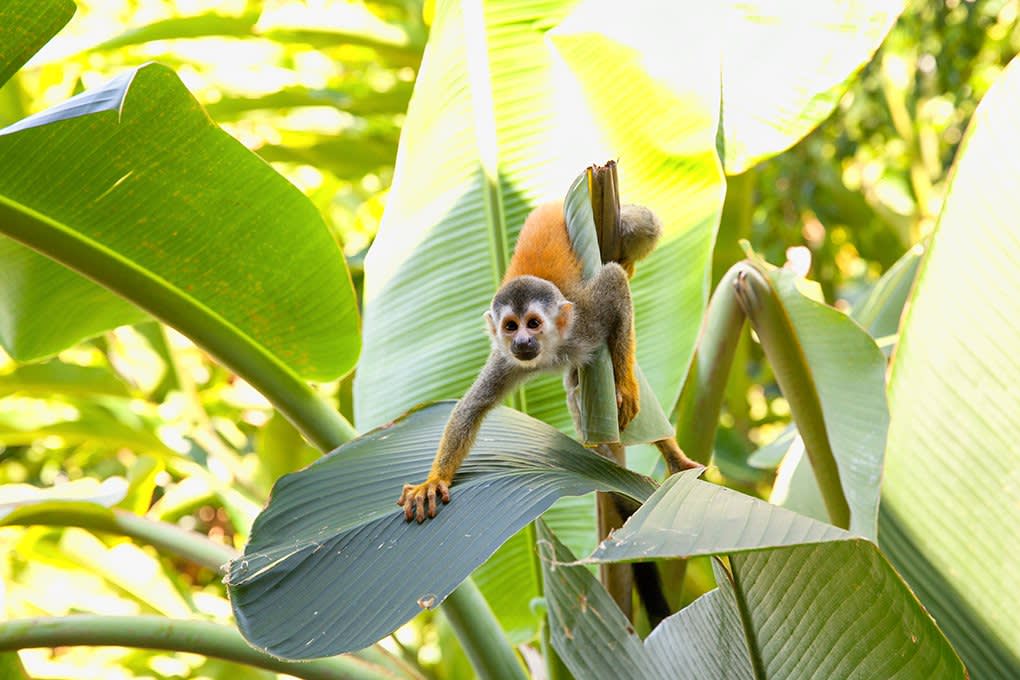 Squirrel Monkey
Squirrel Monkey
“The range of habitats creates an incredibly rich diversity of flora and fauna,” Guillermo says. “Costa Rica gives you the opportunity to travel in a few hours from one ecosystem to another and have different sightings at each.”
“One day you wake up in the rainforest looking at monkeys and toucans in Tortuguero, later you’ll find yourself in the canopy, walking into a majestic cloud forest in Monteverde admiring hummingbirds and orchards,” adds Johnny.
On another excursion, you could be surrounded by Capuchin monkeys and sloths on the glorious beaches of Manuel Antonia National Park.
 Three-toed Sloth
Three-toed Sloth
With so much to see, it’s hardly surprising that for Johnny and Guillermo, no two trips – no two days – are ever the same.
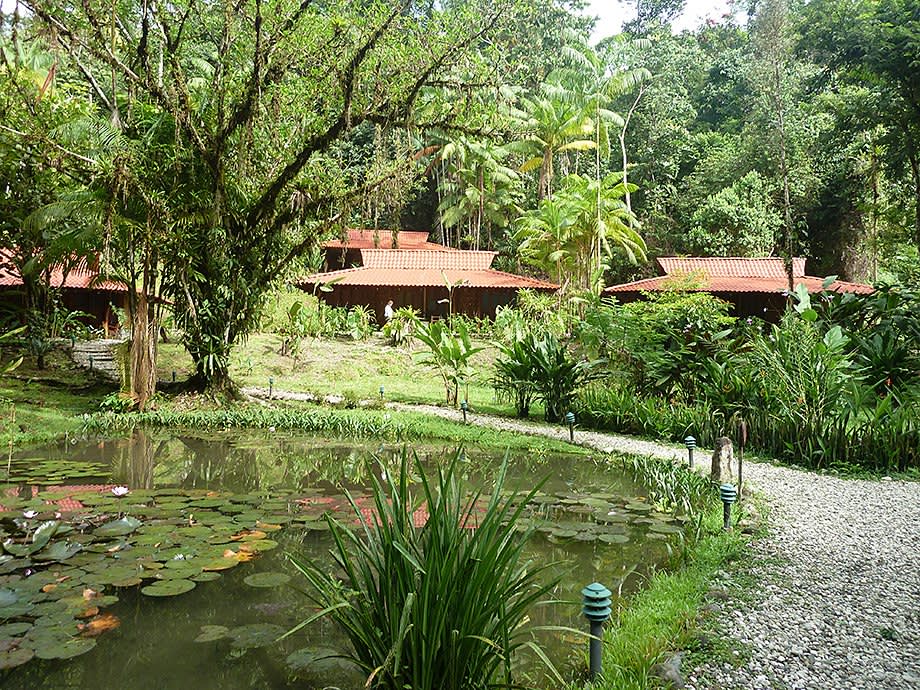 Esquinas Rainforest Lodge
Esquinas Rainforest Lodge
“This little country in Central America – with no army, a high literacy rate and a proud conservation success story – is my home,” says Guillermo. “Showing exodus travellers around is something I will never tire if. It’s a privilege.”
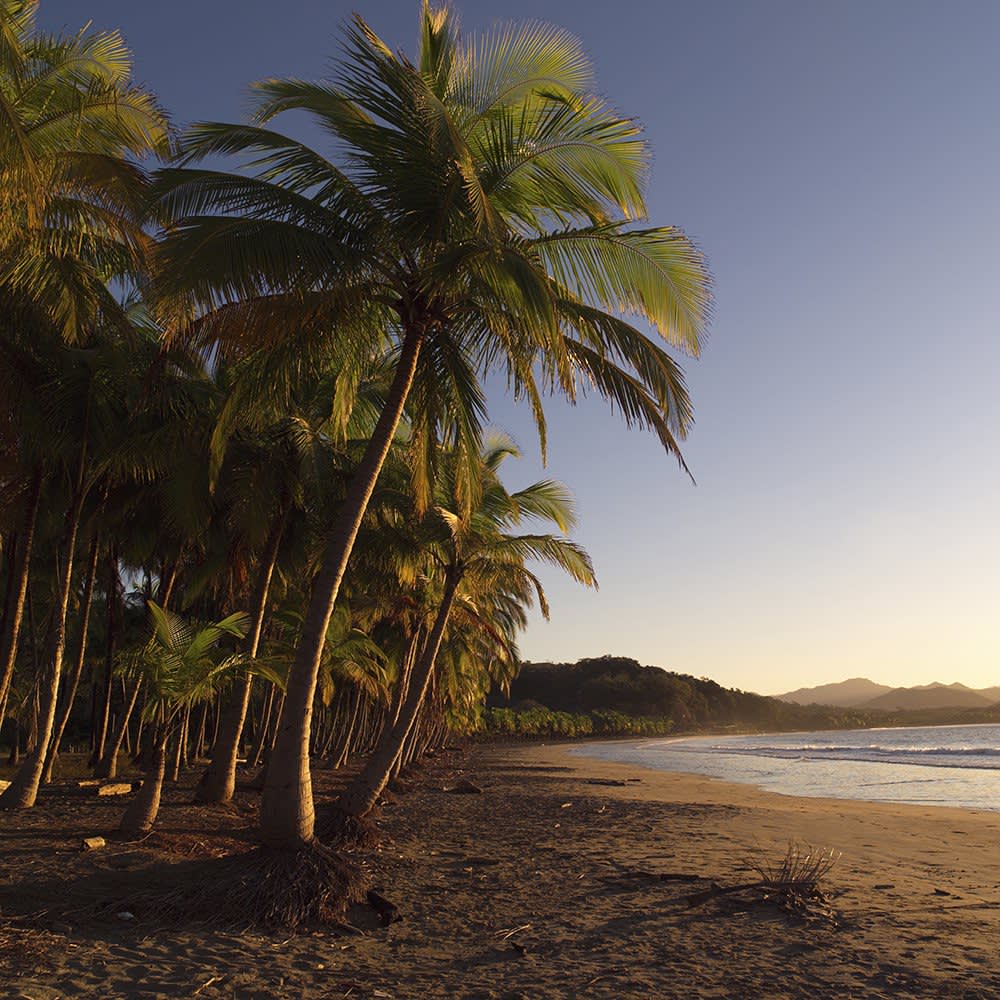 Coast of Costa Rica
Coast of Costa Rica
“Every time I immerse myself in this country I realise how fortunate I am,” says Johnny. “To show our guests around is great, but showing them our Costa Rican custom, visiting schools and local farmers is just fantastic. Did I mention to you I love my job? Pura Vida!”
Find your Costa Rica
From the wildlife-rich waterways of Tortuguero to the dense jungle coastline of the Osa Peninsula, an area labelled by National Geographic as ‘the most biologically intense place on earth’, Costa Rica reveals its secrets.

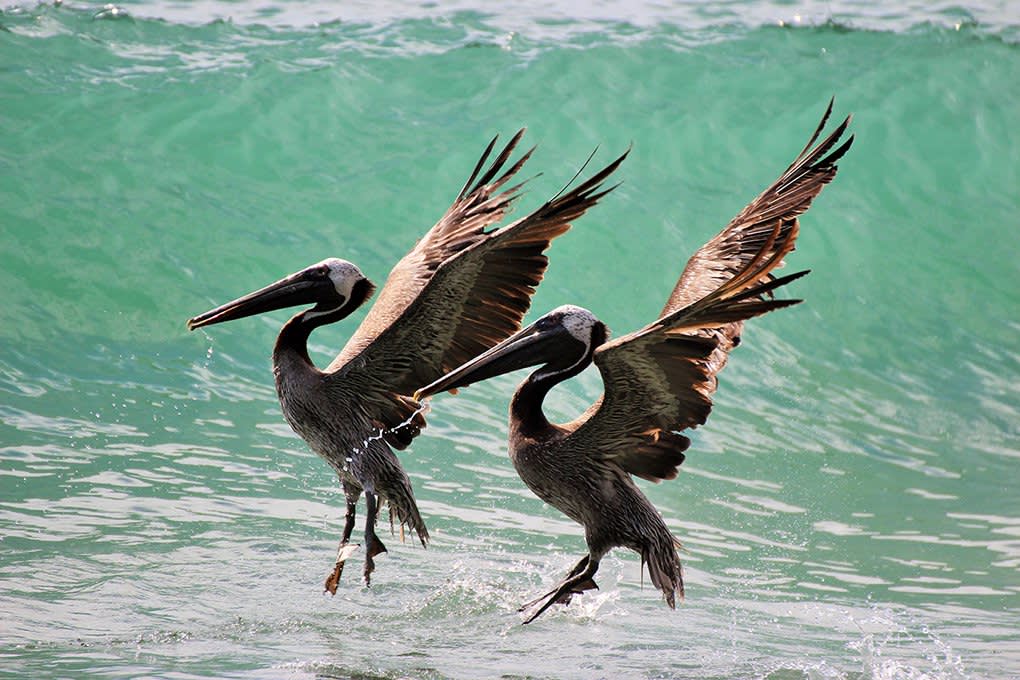 Costa Rica’s birdlife
Costa Rica’s birdlife
